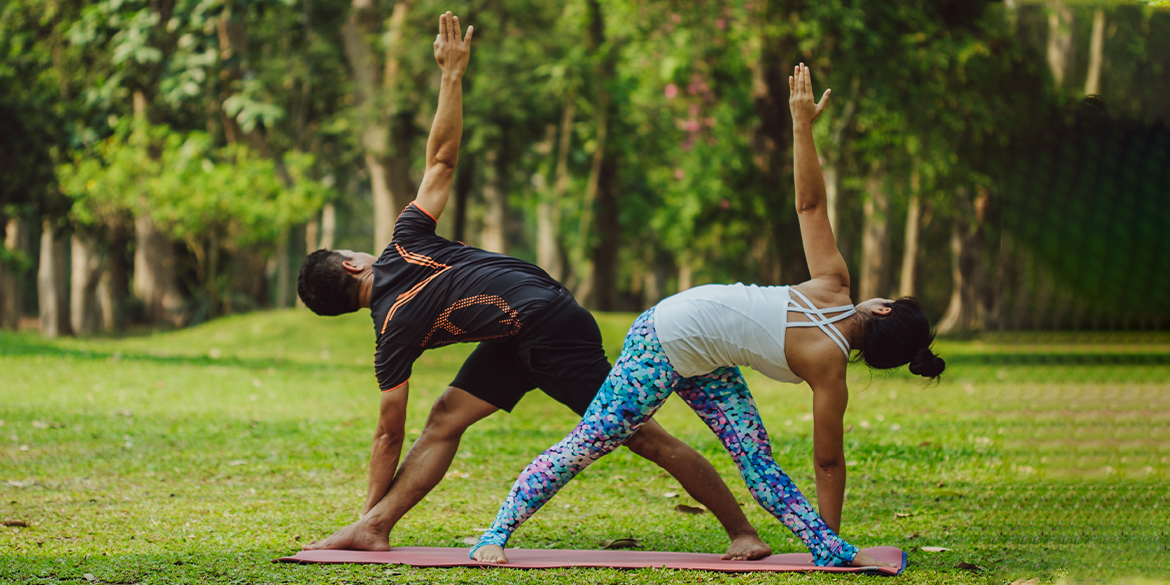
1. Warm-Up
- Prepare your body: Begin with a light warm-up to loosen joints and stretch muscles. This reduces the risk of injury and improves flexibility during practice.
2. Empty Stomach
- Timing your meals: It’s recommended to practice yoga on an empty stomach or at least 2-3 hours after a meal. This prevents discomfort and aids in deeper stretching.
3. Comfortable Clothing
- Wear appropriate attire: Loose, breathable, and stretchy clothes that allow free movement are ideal for yoga practice.
4. Mindful Breathing
- Focus on breath control: Conscious breathing is integral to yoga. Synchronize your breath with each movement to enhance relaxation and flow.
5. Start Slowly
- Progress gradually: If you’re a beginner or starting after a break, avoid jumping into advanced postures. Build strength, flexibility, and endurance gradually.
6. Proper Alignment
- Focus on alignment: Incorrect posture can lead to injuries. Pay attention to proper alignment, even if it means doing simpler versions of the asanas.
7. Listen to Your Body
- Avoid overexertion: Yoga should not cause pain. Stretch to the point of comfort and avoid pushing beyond your limits. Modify poses if needed
8. Cool-Down & Relaxation
- End with relaxation: Always conclude with a cool-down and relaxation session, like Shavasana (Corpse Pose), to help the body recover and absorb the benefits.
9. Yoga Mat or Surface
- Use a suitable mat: Ensure that you have a yoga mat or practice on a non-slippery surface to prevent falls and provide cushioning.
10. Mental Preparation
- Stay mindful and present: Set an intention for your practice, and avoid distractions to focus fully on your routine. Mental calmness is just as important as physical effort in yoga.
11. Hydration
- Stay hydrated: Drink water before and after the practice, but avoid excessive drinking during the session to avoid discomfort.
By keeping these points in mind, you can enhance your yogasana routine, making it both safe and effective.
- Practice yoga regularly, aiming for 20–30 minutes each day.
- Combine asanas with pranayama (breathing exercises) and meditation to reduce stress and balance the endocrine system.
- These poses can be a part of a holistic approach to managing diabetes when combined with a healthy diet, regular physical activity, and proper medical care.
